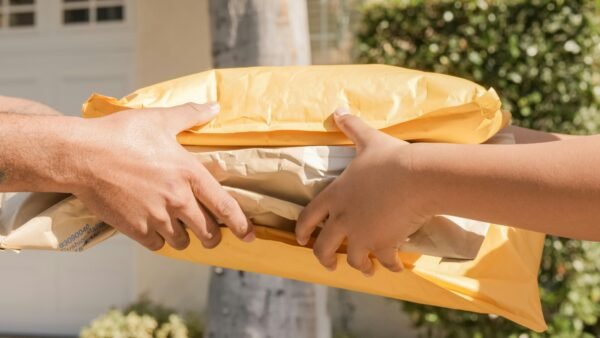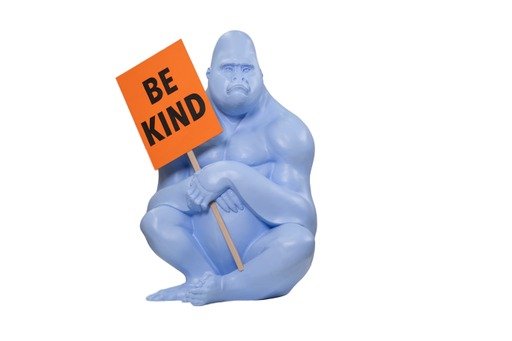
Love Cycling? What Spare Bike Parts Should You Have At Hand

Loving to cycle doesn’t always equal to loving the maintenance of the bike. Just like servicing your car, tinkering with your bike is better left to the professionals. Or is it? Maintaining your bike is deceptively hard, but like anything, it gets easier and easier as time goes on.
If you still decide to take your bike to the shop, you still need to know if something is wrong with your bike in the first place. Most times, the bike will tell you when things go wrong, but it’s better to see problems before they happen by regularly examining your bike.
Along with this, keeping some spare parts will make it easier for you to replace that part and get right back to cycling. The following parts should be kept in your garage, just in case. Like anything, It’s worth taking the time to find reliable parts that are compatible with your particular bike. The brand Shimano (who are estimated to be the largest supplier of bicycle components) are well known and it’s easy to find spare Shimano components online or in most major retailers.
Brake Pads:
Stopping is pretty essential when you’re hitting 30km an hour down a steep hill. Checking the brakes regularly by pulsing them on a straight road should be apart of your checking routine. Look at the brake pads and check the grooves (teeth) and see if the rubber is still visible. Honestly, if you have any issue stopping at all, it’s best to either tighten the brake cables or replace them anyway.
Tires:
If you have checked the tire pressure and the air still doesn’t seem right, you’ve likely popped a tire. Other issues you’ll come across are worn down treads or perished tires that won’t grip the road. Check for bald patches on the tire, similarly like you would on a car. If you ride in the rain or winter, this is extra important. Keeping a spare will also be handy as you can’t ride to the store to get a new wheel when it’s already missing one.
Chain:
Arguably the weakest part, but the most important part of your bike, this needs to be checked regularly to keep the power and rear-wheel spin in tip-top shape. If the chain is orange or brown, replace immediately. Stiff links and chain stretch are other things to look for. This is one of those problems that will make itself known. You will hear that rusty chain as soon as you start biking, or the bike simply won’t move at all.
Pedal Grips:
Make sure the rubber/foam isn’t sticky, slippery, or decomposing. Keeping the grip of your pedal is essential, as you don’t want your foot to slide off when you’re peddling. This will affect the speed and control of your bike. Not to mention, it’s uncomfortable and can give your heart a shock. Pedals can run down fast, so buying a spare should be on your list.
Cables:
These control the brakes and the gears, so basically, everything that makes your bike work. Keeping this component on hand is essential – without cables, how are you going to ride your bike? Kinks, cuts, rust, or structural damages are signs they need to be replaced. Stiff and rusty cords are also no good. Test these before every bike ride, or you might find yourself in a ditch.













































